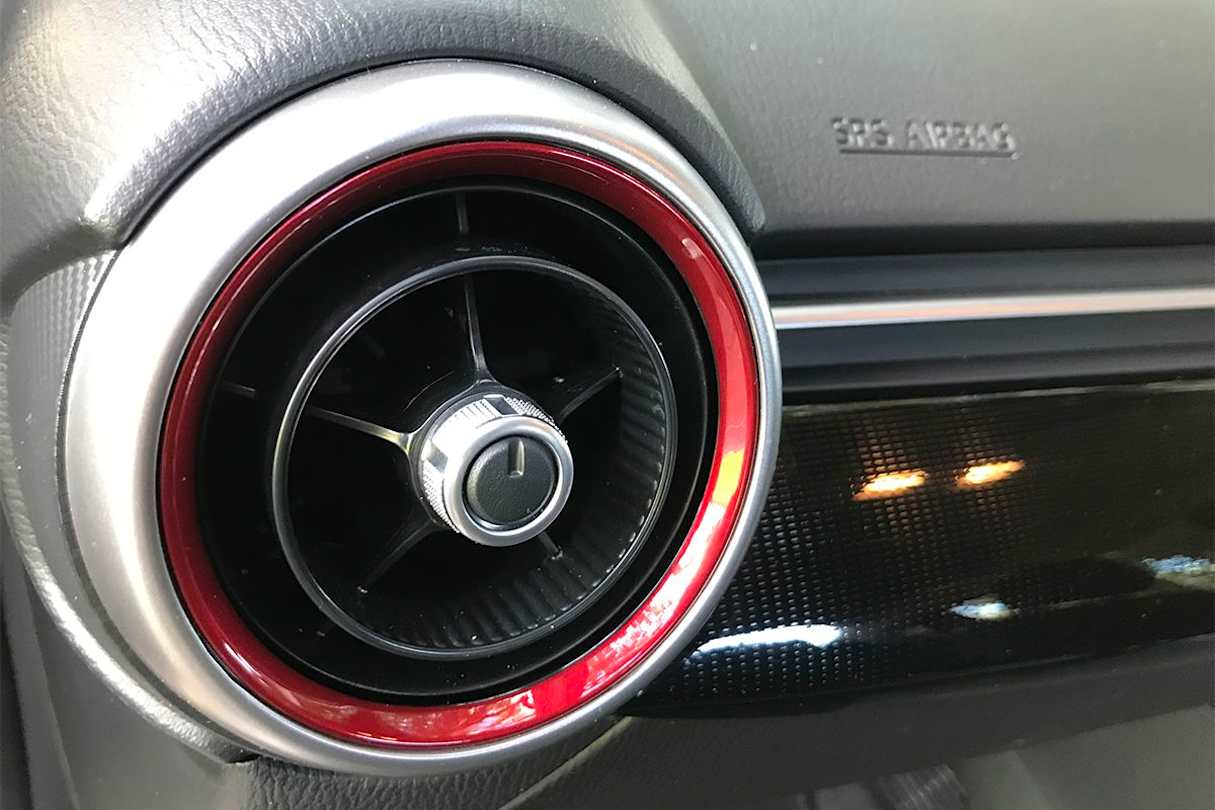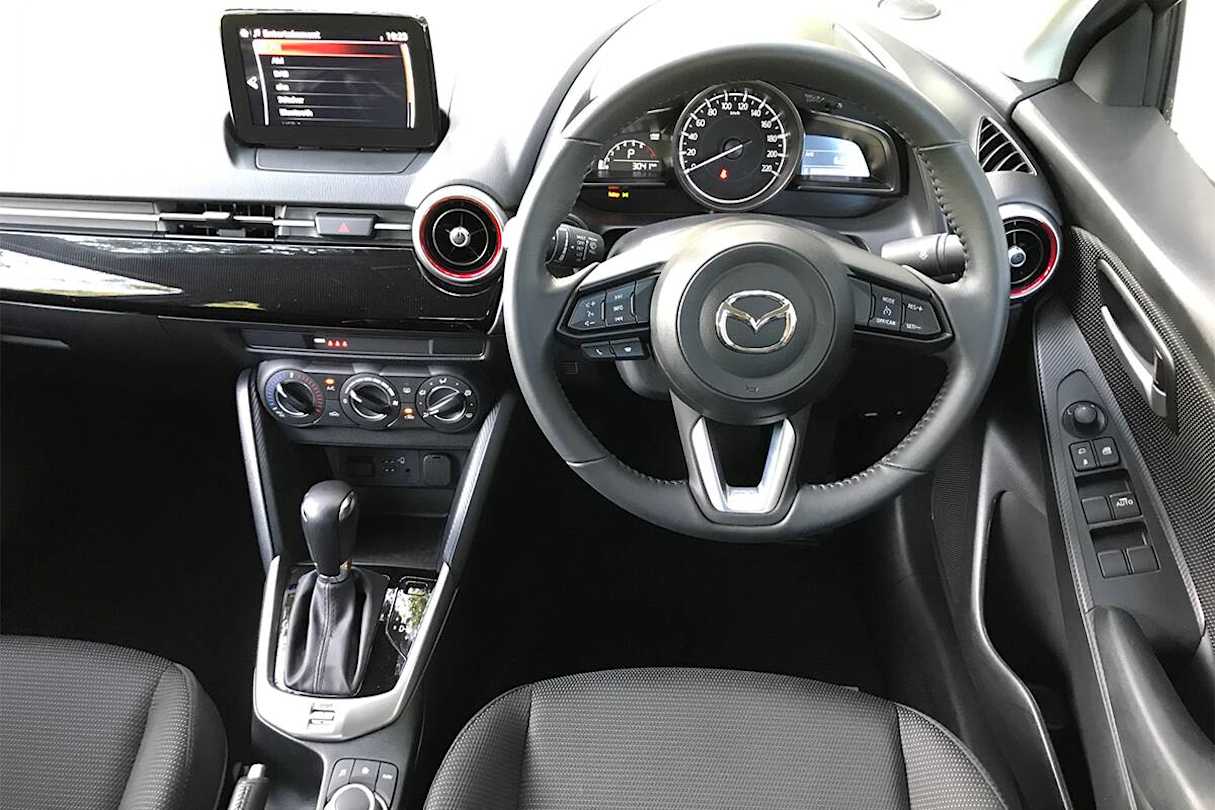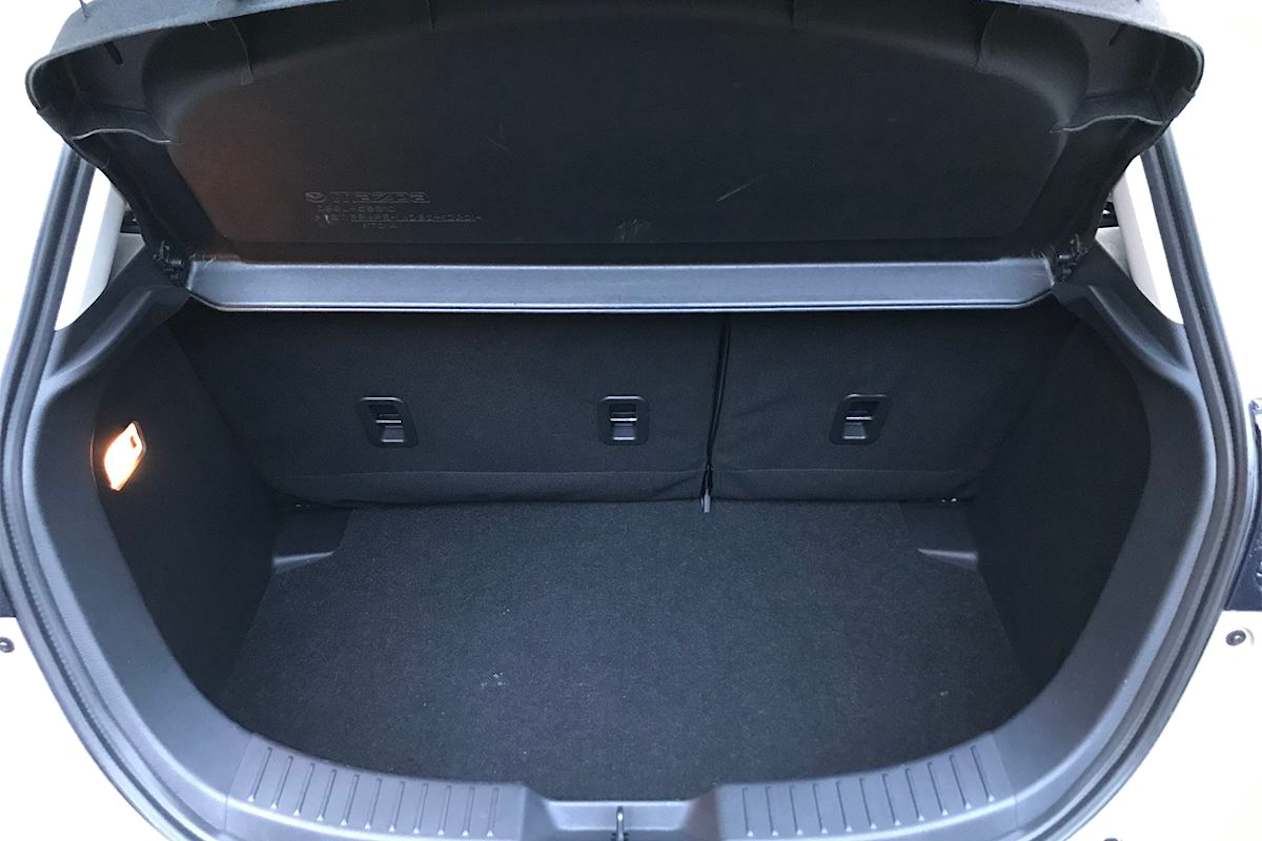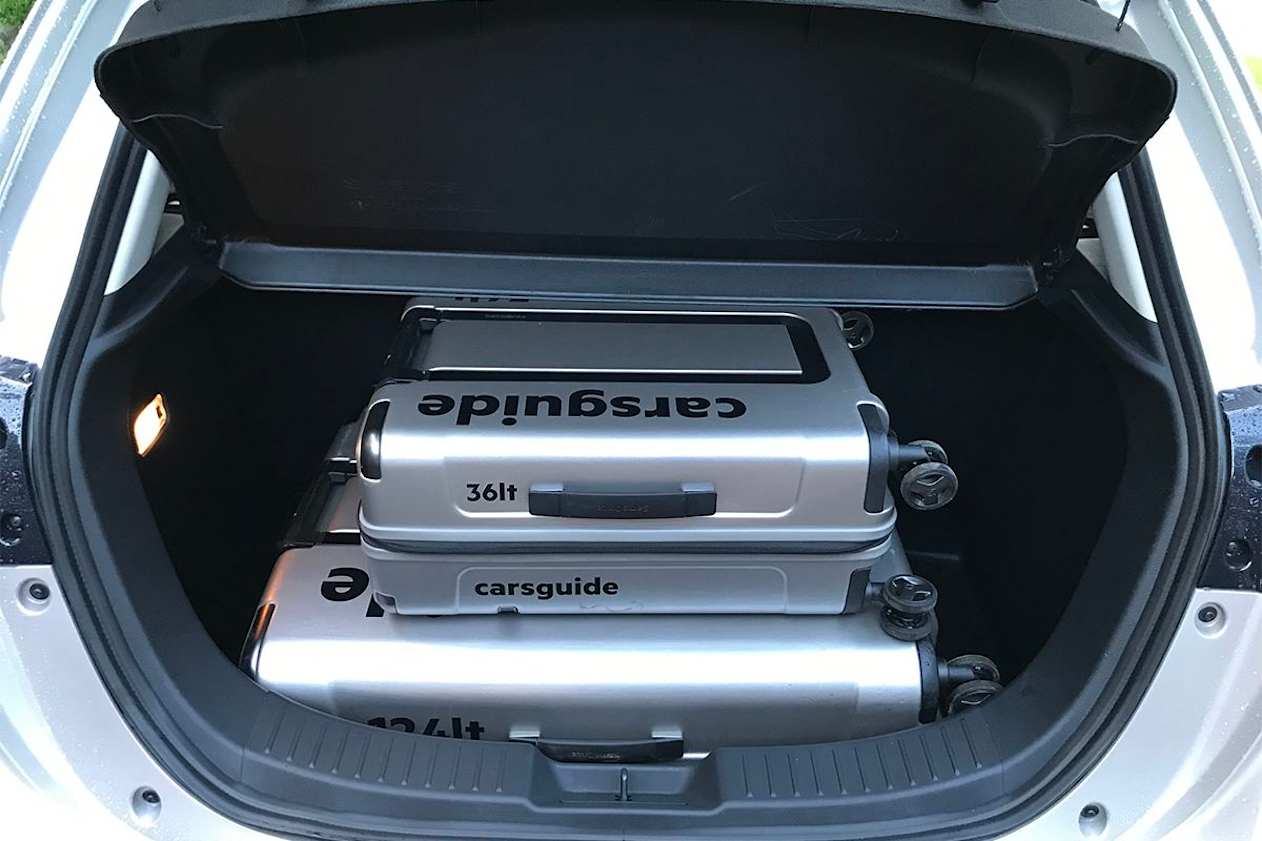The Mazda2 is part of the Australian automotive furniture. A long-time favourite of those at the affordable end of the new car market, looking for something compact and economical, but at the same time safe and practical.
A survivor of our enthusiastic shift to SUVs of all shapes and sizes, it’s been around in its current form for close to a decade. And in an on-going quest to keep the car fresh and competitive Mazda launched a new variant, the Pure SP, in late 2021.
It’s ideally sized for the urban environment, with lots to offer value-conscious small car buyers. But does it have what it takes to turn back the clock and fend off new and recently refreshed competitors? Let’s find out.
Mazda 2 2022: G15 Pure Sp
| Engine Type | Inline 4, 1.5L |
|---|---|
| Fuel Type | Unleaded Petrol |
| Fuel Efficiency | 5.2L/100km (combined) |
| Seating | 5 |
| Price From | $18,810 - $23,870 |
| Safety Rating |
|
Does it represent good value for the price? What features does it come with?
An asking price of $23,690 locates the Pure SP on the second rung of the Mazda2 ladder, above the Pure and below the Evolve and top-spec GT.
It also puts it a cut above the sub-$20K entry-level crop of light hatches and micro SUVs, so you should expect the standard features list to be well beyond bare bones.
And it is, but sadly, the Mazda2 is showing its age, in this case relative to the Pure SP’s competitors like the recently upgraded VW Polo Life ($25,250), and Toyota Yaris Ascent Sport ($23,740). First impressions are more about what’s not in the car, rather than what is.

To quote my initial road test notes, ‘No auto headlights, no digital speedo, no front centre armrest, no rear centre armrest, no boot tie-downs.’
The 7.0-inch multimedia screen is tiny by current standards, and the plastics around the dashboard are as hard as Dwight 'The Rock' Johnson’s abs.
Manual air-con (rather than climate control) is to be expected at this price-point, and things begin to pick up once you dig a bit further.

The headlights are LED, cruise control is included, as are 16-inch alloy rims, a leather-trimmed steering wheel, gearshift and hand brake lever, six-speaker audio (with digital radio), Apple CarPlay and Android Auto connectivity, a reversing camera, as well as keyless entry and start.
If you’re shopping around the city car category you’ll notice the age-related shortcomings, but overall the Mazda2 Pure SP’s standard equipment list meets the price brief.

Is there anything interesting about its design?
The current, third-generation Mazda 2 has been with us since late 2014, with updates in 2017 (more spec and new models), and 2019 (revised grille and headlights, extra tech).
It’s a tribute to the quality of the original design that the car still stands up well against much newer competitors. Neatly balanced compact hatch lines with a flash of chrome around the grille and either side of the front spoiler, as well as below the rear bumper.

The Pure SP grade arrived in late 2021 and stands apart thanks to body-coloured door handles, black 16-inch alloys, plus a black grille and exterior mirror shells.
Blacking out the wheels can be a hit-and-miss affair, and I’m not sure it works here, especially in combination with the test car’s ‘Platinum Quartz metallic’ paint. Beautiful colour, but to my eye, not a great match with the black rims.

Inside, the treatment is simple but with enough visual interest to generate appeal. The curved, hooded instrument binnacle, with a big analogue (only) speedo in the centre still looks pretty racy.
A faux-carbon trim panel on the dash, as well as technical-looking fabrics on the door cards and seat inserts add some zing, as do red trim rings on the air vents and brushed metal-look highlights here and there.
Leather on the steering wheel, gearshift and hand brake lever look and feel great, but the multimedia screen is comically small by today’s standards, and looks like an afterthought perched on top of the upper dash.
How practical is the space inside?
At just over four metres long, a fraction under 1.7m wide, and close to 1.5m tall, the Mazda2 hatch is small but not tiny. Space up front is fine for two full-size adults, and rear room is surprisingly generous.
At 183cm tall, I enjoyed good head and legroom in the back seat, but if you need to accommodate three grown-ups in there, make sure they’re good friends, flexible, and on-board for a short trip only. Up to mid-teenage kids will be fine three-across.
Storage runs to two large cupholders in the front centre console, with a small box behind them, and an oddments tray in front of the gearshift. There’s also a decent glove box, and bins in the doors with enough room for full-size bottles.

Different story in the back, with no door pockets, no fold-down centre armrest, no cupholders, or adjustable ventilation outlets. Although, you could slip something small in the storage box at the rear of the front centre console, and there are elasticised map pockets on the back of both front seats.
In terms of connectivity and power, there are two USB-A ports in the front (one for Apple CarPlay / Android Auto connectivity and another for power only), an SD card slot, an ‘aux’ input, and a 12-volt outlet.

Boot capacity is 250 litres (VDA) with the 60/40 split-fold rear seats up, which is modest for the class. And it showed as we started to load in the three-piece CarsGuide luggage set.
After some mixing and matching the best possible combination proved to be the largest case (124 litres) paired with the smallest (36 litres), the 95-litre mid-sizer sitting forlornly off to one side.
Then our bulky pram loomed into view. After some pushing and shoving, while resisting the temptation to apply some axle grease to smooth the process, it fitted in the boot space. But, even with the hard cargo cover removed, the tailgate wouldn’t shut. So that’s a miss for parents of young kids.
Fold the rear seat down and the space grows to 852 litres, but it’s worth reiterating there are no tie-down anchors for straps or a luggage net, although there is a light built-in.
The spare is a steel space saver, and if you want to hook up a small trailer, you’re okay up to 900kg braked, and 500kg unbraked.
What are the key stats for the engine and transmission?
The Mazda2 Pure SP is powered by a 1.5-litre, naturally aspirated, four-cylinder petrol engine, driving the front wheels through a six-speed automatic transmission.

Featuring direct-injection and variable intake valve timing, the all-alloy unit produces 82kW at 6000rpm and 144Nm at 4000rpm.
How much fuel does it consume?
Mazda’s official fuel economy number for the combined (ADR 81/02 - urban, extra-urban) cycle is 5.3L/100km, the 1.5-litre four emitting 121g/km of CO2 in the process.
Stop-start is standard, and over a week of city, suburban and freeway running we recorded an (at the bowser) average of 7.1L/100km.
Minimum fuel recommendation is 91 RON standard unleaded (or E10), and you’ll need just 44 litres of it to brim the tank. Using the official consumption figure that translates to a range of 830km.
Warranty & Safety Rating
What safety equipment is fitted? What safety rating?
The Mazda2 scored a maximum five-star ANCAP assessment way back in 2015, but on-going upgrades have helped keep its head above water in terms of active (crash-avoidance) technology.
Low-speed (4.0-30km/h) front and rear AEB is standard (Mazda calls it ‘Smart City Brake Support’), as is blind spot monitoring, lane departure warning, lane keeping assist, and rear cross-traffic alert. Rear parking sensors and a reversing camera are also included.
If a crash is unavoidable there are six airbags on-board (front and side for the driver and front passenger, plus side curtains).
But beware, if you’re contemplating a frankly loony attempt at lining up three child seats or baby capsules in the back, you can’t, because Mazda, quite sensibly, has only installed two top tether points and two ISOFIX anchors.
What does it cost to own? What warranty is offered?
The Mazda2 Pure SP is covered by Mazda Australia’s five-year/unlimited km warranty, which is the mainstream market standard now, with roadside assistance included for the duration.
Servicing is scheduled for 12 months/10,000 km intervals, and that distance recommendation is lower than the 15,000km which is more the category norm.

The average annual service price over the first five years is $340, with the cost of brake fluid (required every 40,000km/two years - $72) and a cabin air filter (required every 40,000km - $101) additional.
What's it like to drive around town?
While 82kW from the Pure SP’s 1.5-litre four isn’t a lot of power, just over a tonne isn’t a lot of weight for a five-door hatch, and 144Nm is a reasonable amount of pulling power. So, the Mazda2 Pure SP works well in the urban environment.
With no turbo, maximum torque arrives at a relatively high 4000rpm, and at times you have to rev the car to get the best out of it. But never to an extreme degree, and this version of the Mazda2 remains civilised and stress-free around town.
The only caveat on that is ‘Sport’ mode, selectable via a rocker switch just behind the gearshift. It sharpens throttle response and gets the transmission shifting up later and down earlier. I found the setting too aggressive and largely left it alone.
Suspension is strut front, torsion beam rear (it sits on the same platform as the CX-3 SUV), and ride quality is good for a compact car with a wheelbase just shy of 2.6 metres. Cushy 60-series sidewalls on the 16-inch Dunlop Enasave tyres are no doubt a contributing factor.
It’s not quite in the same league as the recently upgraded VW Polo, but copes well with the pock-marked, patchwork quilts that pass for roads in Australian cities.
If you fancy a quick fang through your favourite set of corners the Pure SP is up to the task, thanks in no small part to its standard ‘G Vectoring’ system.

G Vectoring links the steering and engine control systems, to slightly reduce engine output as you turn into a corner. This subtly pitches the car forward to put some extra load on the front wheels, helping them grip harder and respond more directly.
So, no surprise road feel is good, steering weight is nicely balanced, and the car remains stable and predictable in cornering.
That well-tuned steering, good all-around vision, a compact 9.8m turning circle (Polo is 10.6m), rear parking sensors and a clear reversing camera also make parking a breeze.
Braking is a combination of beefy 258mm ventilated rotors at the front, and much smaller 200mm drums at the rear.
Drum brakes are largely unknown beyond base utes in 2022, but in the urban environment, the PureSP proves there’s nothing wrong with an efficient rear drum set-up on a light-weight car. Braking is progressive and secure.
Verdict
It might be racking up the birthdays, but the Mazda2, specifically in this Pure SP form, has what it takes to justify an entry on compact urban car shopping lists. It still looks good, performs well dynamically, and offers decent value. But it’s no longer top of the class, giving ground in terms of expected tech to low-$20K bracket competitors like the Kia Rio, Toyota Yaris Ascent Sport, and VW Polo Life.
Interesting that Mazda says it’s committed to developing a new-generation Mazda2 (and CX-3 sibling), although timing is unclear. So, stand-by for this evergreen campaigner to be around for a while yet.
Pricing Guides
















.jpg)

.jpg)


.png)

.jpg)
.jpg)
.jpg)